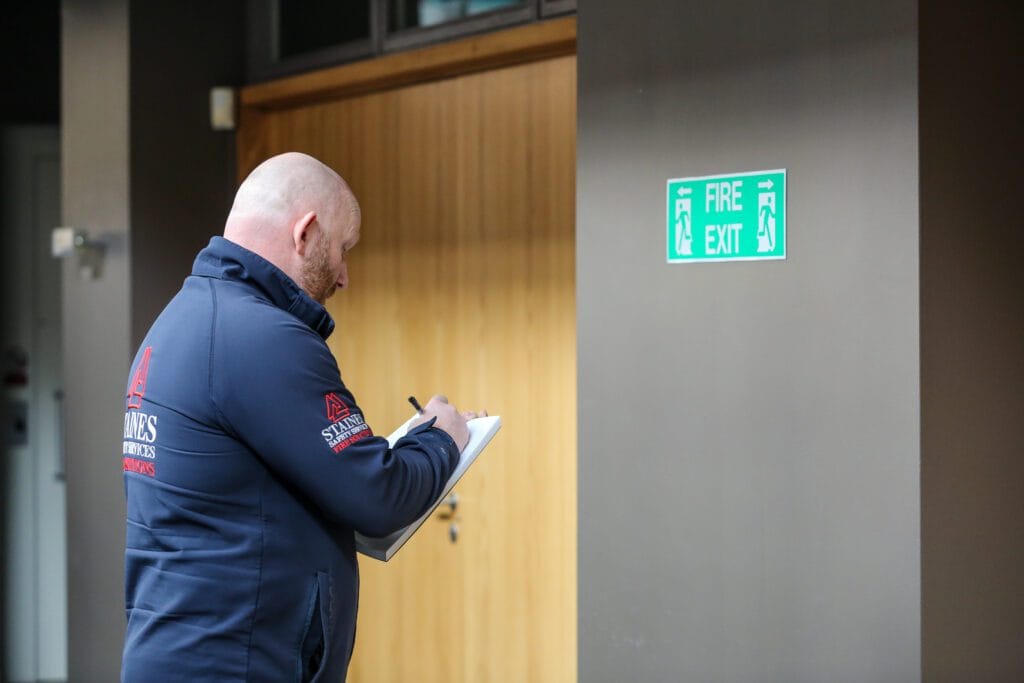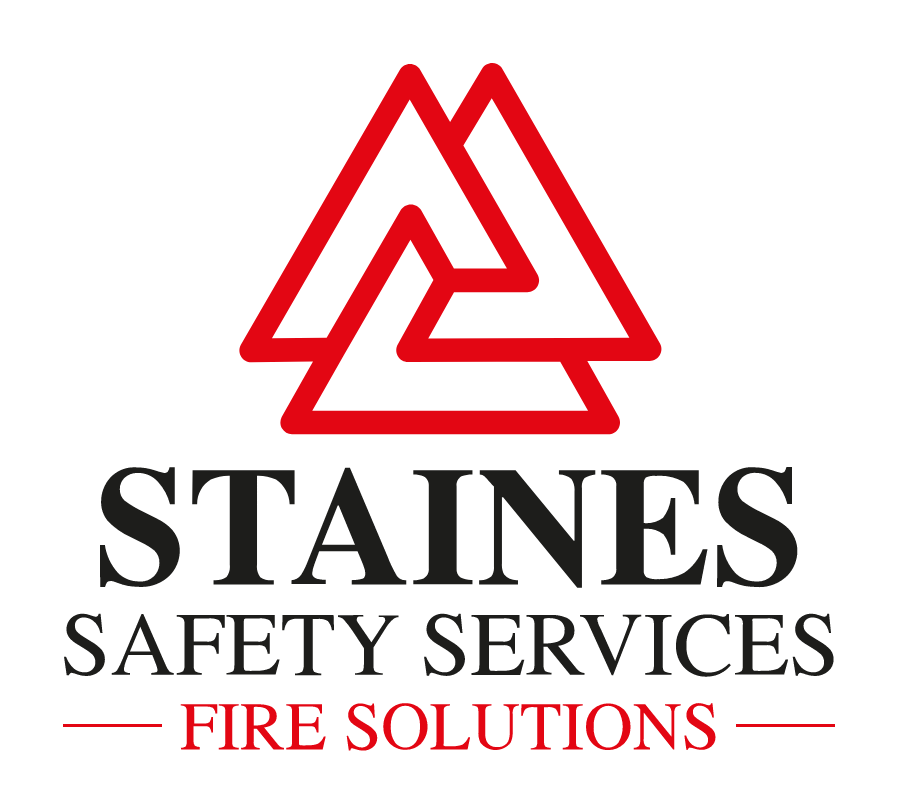
Fire Risk Assessment Templates: A Guide to PAS 79 and the New BS 9792: 2025 Standard
In an era where fire safety is more critical than ever—especially following high-profile incidents like the Grenfell Tower fire—fire risk assessments (FRAs) play a pivotal role in protecting lives, property, and communities. As building owners, managers, and responsible persons navigate evolving regulations, a Fire Risk Assessment Template can ensure assessments are thorough, consistent, and compliant. standardised templates ensure assessments are thorough, consistent, and compliant.
These templates provide a structured framework to identify hazards, evaluate risks, and recommend mitigation measures.This blog post explores fire risk assessment templates, with a focus on the established PAS 79 guidance and the newly published BS 9792:2025 standard for housing premises. Whether you’re managing commercial spaces or residential blocks, understanding these tools is essential for legal compliance and proactive safety.
What is a Fire Risk Assessment?
A fire risk assessment is a systematic process to identify potential fire hazards in a building, assess the likelihood and consequences of a fire, and determine appropriate control measures. Under UK legislation, such as the Regulatory Reform (Fire Safety) Order 2005 and the Fire Safety Act 2021, responsible persons (e.g., building owners or managers) must conduct FRAs for non-domestic and multi-occupied residential premises.
These assessments must be documented, reviewed regularly, and kept up-to-date, especially if changes occur in the building’s use or occupancy.Templates streamline this process by offering a pro-forma structure, ensuring nothing is overlooked. They typically include sections on premises details, hazard identification, fire safety measures, management procedures, and an action plan prioritizing risks. While not a substitute for professional judgment, templates promote consistency and help demonstrate compliance to regulators, insurers, and stakeholders.
PAS 79: The Cornerstone of Fire Risk Assessment Templates
PAS 79, developed by the British Standards Institution (BSI) in collaboration with fire safety experts, is a Publicly Available Specification that has been the go-to guidance for FRAs since its initial publication in 2005. It provides a recommended methodology for conducting and recording assessments, emphasizing a qualitative, risk-proportionate approach. The original PAS 79:2012 offered generic guidance but was revised and split in 2020 to address sector-specific needs, particularly after calls from the housing industry for tailored recommendations.
Key Components of PAS 79 Templates
PAS 79 templates are designed as pro-forma documents (e.g., Annex A and D in the standards) that guide assessors through a step-by-step process. They are freely available for download from sources like the Fire Industry Association (FIA) website, thanks to contributions from experts like Colin Todd MBE. Here’s a breakdown of the typical structure:
- Premises and Occupant Information: Details about the building layout, processes, and people at risk (e.g., employees, visitors, vulnerable individuals).
- Fire Hazards Identification: Sources of ignition (e.g., electrical equipment), fuel (e.g., flammable materials), and oxygen (e.g., ventilation systems).
- Fire Prevention and Protection Measures: Evaluation of structural features (e.g., fire doors, compartmentation), detection systems, and escape routes.
- Emergency Procedures and Management: Training, drills, maintenance, and fire safety responsibilities.
- Risk Evaluation and Action Plan: A matrix assessing likelihood and consequences, leading to prioritised recommendations (e.g., low, medium, high risk).
The templates include tick boxes for quick reference but encourage detailed narrative findings. They promote a holistic view, considering both fire starting and spread, while emphasising assessor competence.
PAS 79-1:2020 – For Non-Housing Premises
This part targets non-domestic buildings like offices, shops, schools, and hotels. It excludes housing-specific elements but includes new guidance on external wall cladding post-Grenfell. Key updates from the 2012 version include:
- Transition from “guide” to “code of practice” for stronger enforceability.
- Recognition of pre-occupation fire safety assessments.
- Emphasis on assessor competence, aligning with emerging standards.
- Incorporation of new British Standards for fire safety equipment.
Templates for PAS 79-1 are adaptable for commercial use and help ensure assessments cover legislative requirements under the Fire Safety Order.
PAS 79-2:2020 – For Housing Premises
Focused on residential settings like blocks of flats, HMOs, sheltered housing, and extra care facilities, this part was introduced to fill gaps in the original PAS 79. It recommends a four-tiered approach to assessments based on building complexity:
- Tier 1: Basic visual inspection of common areas.
- Tier 2: More detailed review including sampling of building materials.
- Tier 3: On-site survey of common parts and individual flats
- Tier 4: Comprehensive assessment including individual flats and sampling of building materials.
However, note that PAS 79-2:2020 has been withdrawn as of 2025, pending replacement by a full British Standard (detailed below). Legacy templates remain useful for ongoing assessments but should transition to the new standard for compliance.PAS 79 templates have been widely adopted, with digital versions available from platforms like SafetyCulture, which divide assessments into sections for hazards, controls, and overall risk rating (e.g., likelihood vs. consequences).

The New BS 9792:2025 Standard – Elevating Housing Fire Risk Assessments
In a significant update, BSI published BS 9792:2025 in August 2025 as the formal successor to PAS 79-2:2020. Titled “Fire Risk Assessment – Housing – Code of Practice,” this British Standard upgrades the guidance to a full, enforceable code, developed by an independent panel of experts. It reflects lessons from recent legislation (e.g., Fire Safety Act 2021, Building Safety Act 2022) and emphasizes inclusivity, particularly for vulnerable residents.
Why the Shift to BS 9792?
PAS 79-2 was a temporary measure, but the housing sector demanded a permanent, housing-specific standard. BS 9792 provides greater structure, updated templates, and alignment with complementary documents like PAS 9980 (for external walls) and the forthcoming BS 8674 (for assessor competence). It applies to HMOs, blocks of flats, student housing, and specialised accommodation but excludes private dwellings, short-term lets, and care homes.
Key objectives include:
- Determining risk-proportionate fire precautions to protect occupants and nearby people.
- Promoting consistent terminology and understanding among non-experts.
- Addressing evacuation needs for those requiring support (e.g., person-centered fire risk assessments or PCFRAs).
Key Features and Templates in BS 9792
BS 9792 introduces a refined methodology with four defined FRA types for housing, ensuring assessments match the building’s risk profile:
| FRA Type | Description | Scope | When to Use |
|---|---|---|---|
| Type 1: Common Parts Only (Visual) | Basic non-intrusive inspection of shared areas. | Escape routes, signage, emergency lighting, flat entrance doors. | Low-risk buildings; initial compliance check. |
| Type 2: Common Parts with Intrusion | Includes opening risers or voids for deeper checks. | Hidden fire-stopping, structural elements in common areas. | Suspected issues in shared infrastructure. |
| Type 3: Common Parts and Dwellings (Visual) | Sample inspections inside flats. | Internal alarms, escape routes, fire doors in selected units. | Multi-occupancy with potential flat-specific risks. |
| Type 4: Common Parts and Dwellings with Intrusion | Full intrusive survey of common areas and sample flats. | Comprehensive checks on construction and systems. | High-risk or complex housing (e.g., high-rise). |
Templates in BS 9792 feature updated pro-formas with streamlined commentary, clearer documentation, and dedicated sections for PCFRAs. These assess individual needs (e.g., mobility impairments, cognitive factors) and include model forms for recording evacuation plans. The standard distinguishes between “fire hazards” (potential causes) and “fire risk” (probability and impact), reducing ambiguity.Assessors must reference BS 9792 for housing FRAs to ensure compliance, with reviews required annually or after significant changes. It complements BS 8674:2025, which defines competence levels (Foundation, Intermediate, Advanced) for assessors.
Implementing Fire Risk Assessment Templates: Best Practices
To leverage these templates effectively:
- Choose the Right One: Use PAS 79-1 for non-housing; transition to BS 9792 for residential.
- Engage Competent Assessors: Verify qualifications against BS 8674 criteria.
- Digital Tools: Platforms like Aurora or Risk Warden offer customizable PAS 79/BS 9792-based software for real-time logging and collaboration.
- Review and Act: Prioritize actions (e.g., via a risk matrix) and maintain the “Golden Thread” of safety records under the Building Safety Act.
- Training and Resources: Download free templates from FIA or BSI; consult GOV.UK for prioritization tools.
Regular FRAs not only meet legal duties but also mitigate liabilities—fines for non-compliance can reach unlimited amounts, with potential imprisonment.
Conclusion: Staying Ahead of Fire Risks
Fire risk assessment templates like those in PAS 79 and the innovative BS 9792:2025 are indispensable for creating safer environments. PAS 79 laid the foundation with its practical, adaptable pro-formas, while BS 9792 advances housing safety with person-centered, proportionate approaches.
As regulations evolve, adopting these standards ensures you’re not just compliant but proactive.If you’re a responsible person, consult a competent assessor today. For templates and further reading, visit BSI’s shop or FIA resources. Prioritising fire safety isn’t optional—it’s a commitment to lives and legacies. Stay informed, assess diligently, and build a fire-resilient future.
